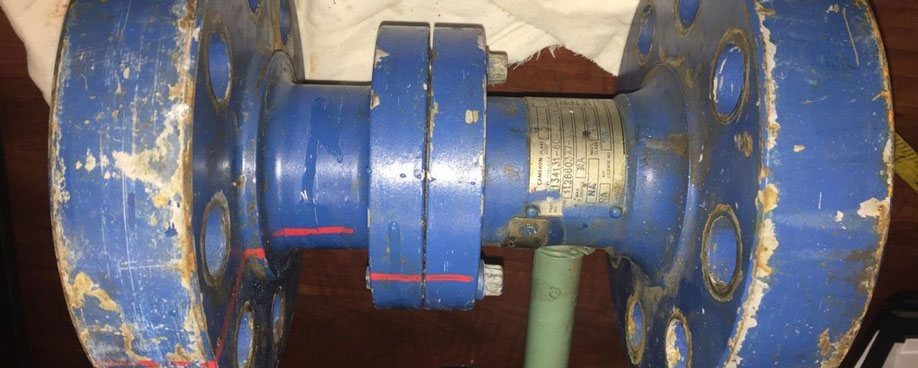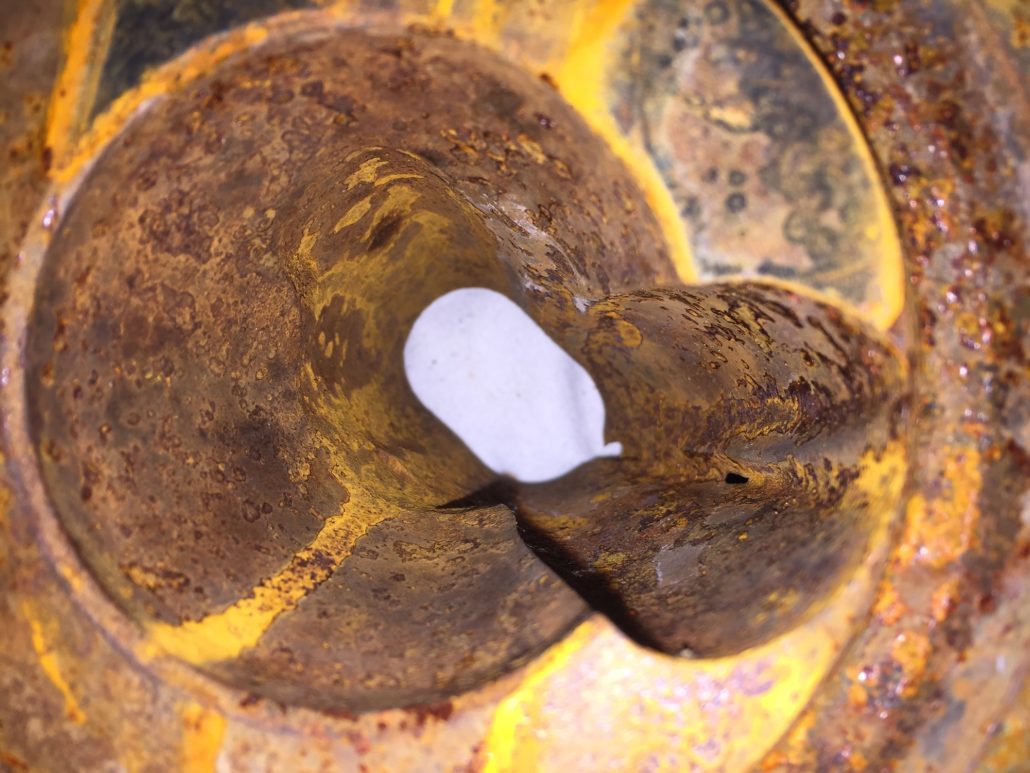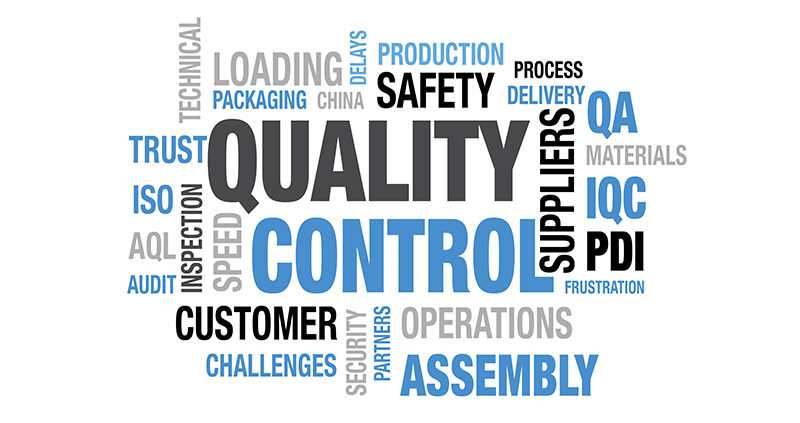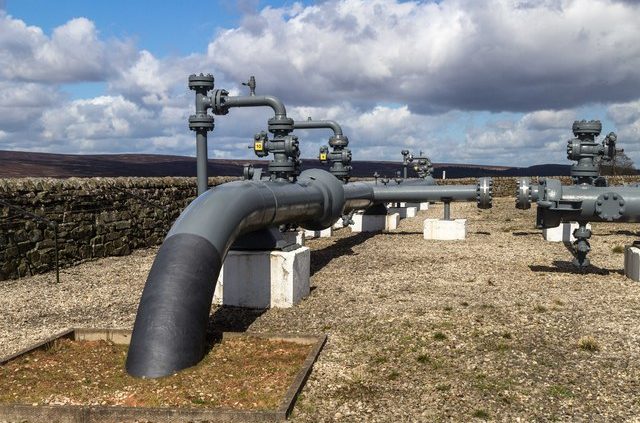What is the Importance of Non-Destructive Testing and Inspection Services in Edmonton?
Non Destructive testing (NDT) and inspection services are important if you don’t want the usefulness of your equipment, materials, or components changed or destroyed in any way. NDT is a comprehensive way to find, size, and locate surface and subsurface flaws and defects that could have an adverse impact on safety, reliability, and the environment.
NDT plays a crucial role in everyday life for companies using pipelines, bridges, refineries, oil platforms, power stations, and more. It’s a quality assurance management tool to help companies make sure they’re following standards and regulations and safeguarding assets and personnel.
Benefits of NDT
Without NDT, you couldn’t be sure your materials, products, and equipment will achieve their design requirements or their expected life. Undetected defects and flaws usually result in expensive repairs or replacements and can place your company’s employees in unsafe conditions. Consider the loss of revenue due to an unplanned plant shutdown when equipment fails. Even more important, a catastrophic failure can have a devastating impact from which some companies never recover.
NDT primarily covers the following:
- Prevent accidents and reduce costs
- Improve product reliability
- Meet regulations and requirements
- Manage assets and resources
Because NDT doesn’t permanently change or destroy the article being inspected, it can save you both money and time in product evaluation, troubleshooting, and research. Because of the nature of NDT and its portability, you don’t need a product opened or taken out of service. And you can test items before they are finally shaped and ready for service. This gives you an inexpensive and immediate way to locate and assess surface and subsurface defects and flaws. It also gives you the peace of mind knowing your equipment is functioning the way it’s supposed to and that you can prevent future accidents that could be catastrophic.
When to use NDT
When you’re constructing a facility, piping, equipment, or other such item, use NDT at each stage of construction. Have your materials and welds examined and inspected using NDT and then use it to monitor the integrity of the item or structure throughout its life.
To get the information and data you need to make sound business decisions, you need an NDT inspection service provider who does:
- Visual inspections
- Liquid penetrating inspection
- Acoustic emission
- Magnetic particle inspection
- Eddy current inspection
- Ultrasonic inspection
- Radiographic inspection
A certified and trained NDT expert understands the various methods available to perform your NDT, what their capabilities and limitations are, and the relevant standards and specifications for each test.
Conclusion
The advantages of NDT can be enormous. Advanced NDT methods can give you more accurate and reliable inspection data and offer a better probability of detection for flaws and defects. And a good NDT methodology is recordable and repeatable, offering inspection reports that provide high value to companies. Find a non-destructive testing and inspection service with advanced instruments and technology to partner with and save money and resources while safeguarding your assets over the long haul.
The Rubik’s Cube seems to be an impossible puzzle but it’s easy to solve using just a few algorithms.








 If you aren’t a member of an institutional body such as CINDE, ASNT, BINDT then you should join. These institutions publish monthly and quarterly journals packed with information on the latest in technology and training. It can also count for credit towards your certification renewals.
If you aren’t a member of an institutional body such as CINDE, ASNT, BINDT then you should join. These institutions publish monthly and quarterly journals packed with information on the latest in technology and training. It can also count for credit towards your certification renewals.


